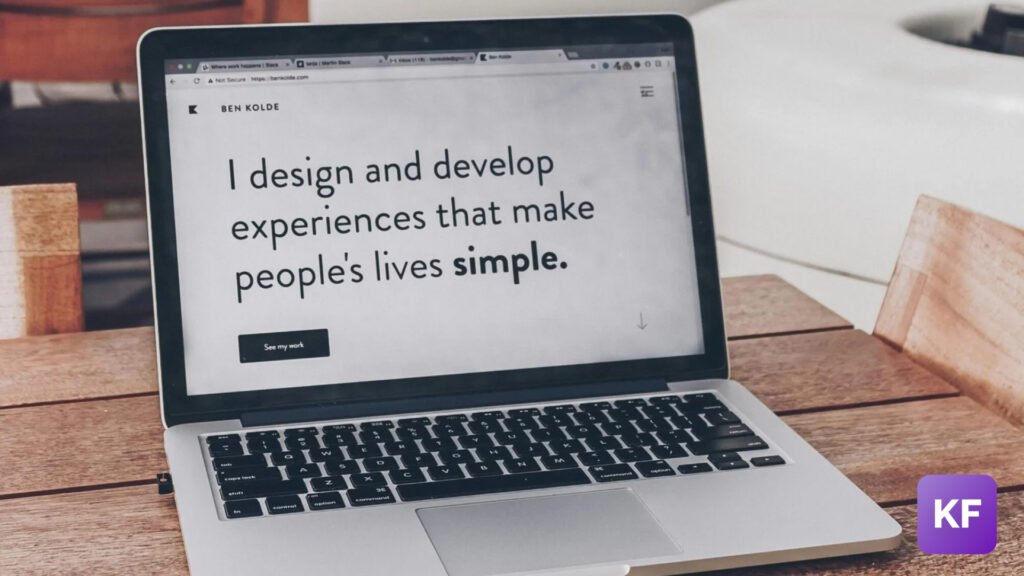Understanding Accessibility in Web Design: Building for Everyone
Web accessibility is the fundamental practice of creating websites that are usable by everyone, including individuals with disabilities. This concept encompasses a broad range of practices and guidelines aimed at ensuring that all users can effectively engage with website content. Accessibility in web design is not merely about compliance; it’s a commitment to inclusivity, allowing diverse groups to navigate, understand, and interact with digital content without encountering barriers. Web accessibility is vital because it recognizes the internet as an essential resource for information, services, and social interaction.
One of the key frameworks for achieving web accessibility is the Web Content Accessibility Guidelines (WCAG). These guidelines outline various criteria for creating accessible web content, ranging from text alternatives for non-text content to the need for navigational structures that can be easily understood. Following WCAG ensures that websites are not only usable by individuals with disabilities but are also enhanced for all users, improving overall user experience. For instance, a well-structured website can assist not only those using screen readers but also users on mobile devices who benefit from clear and concise navigation.
Different types of disabilities can significantly influence how users interact with web content. Visual impairments may require text alternatives for images, and auditory impairments may necessitate captions for videos. Motor impairments might demand that websites be navigable via keyboard alone, while cognitive impairments could benefit from straightforward content and consistent layout. By considering these various disabilities in web design, developers can create more inclusive environments that cater to a wider audience, ensuring that everyone has equal access to online information and services. Accessible design is, therefore, not just about compliance; it is about fostering a culture of inclusivity that benefits all users.
Key Principles of Accessible Web Design
Accessible web design is grounded in several key principles that aim to create an inclusive digital environment for all users, regardless of their abilities. The four foundational principles of web accessibility are perceptibility, operability, understandability, and robustness. Each principle plays a crucial role in shaping user experience and ensuring that websites cater to the diverse needs of their audience.
Perceptibility refers to making information and user interface elements visible to all users. This can be achieved by providing text alternatives for non-text content, such as images and videos. For example, using descriptive alt text for images allows screen readers to convey the same meaning to visually impaired users. Additionally, ensuring high color contrast and utilizing larger fonts improves readability and helps all users perceive content more effectively.
Operability focuses on ensuring that web interfaces are navigable by everyone. This principle emphasizes the importance of keyboard accessibility, which allows users to navigate through a website without relying on a mouse. Implementing a logical tab order and providing visible focus indicators are essential practices in achieving operability. For instance, creating keyboard shortcuts can facilitate quicker navigation for users who may have mobility impairments.
Understandability is essential for clear communication. Websites should present content in a predictable and consistent manner, minimizing confusion. For example, using straightforward language and avoiding jargon can help ensure that all users comprehend the information. Clear labels for form fields and instructions further enhance understandability, making it easier for users to complete tasks on the website.
Lastly, robustness refers to the necessity for web content to be compatible with various user agents, including assistive technologies. Ensuring that the website operates well across different browsers and devices is crucial in maintaining accessibility. By employing valid HTML and following web standards, developers can create adaptable websites that remain accessible over time.
Tools and Techniques for Testing Accessibility
Ensuring that a website is accessible to all users, regardless of their abilities, necessitates the use of both automated testing tools and manual evaluation techniques. Automated tools play a significant role in assessing code for compliance with established accessibility standards, such as the Web Content Accessibility Guidelines (WCAG). Some popular automated tools include Axe, WAVE, and Lighthouse. These tools can quickly identify issues related to color contrast, missing alt text, and improper use of headers.
However, while automated tools are valuable, they are not infallible. They can sometimes overlook nuanced accessibility issues that may affect real users, such as complex navigation problems or content that is difficult to read. Automated scoring can also lead to an overestimation of a website’s accessibility if not used in conjunction with manual testing. Therefore, including usability testing with actual users is crucial to gain insights into the user experience and identify areas for improvement.
Manual testing involves engaging real users, particularly those with disabilities, to navigate the website and provide feedback. This method allows for the identification of practical issues that automated tools may miss. It is essential to gather diverse perspectives by including users with different disabilities. Conducting usability tests can help reveal areas where users struggle, enabling website developers to make informed adjustments.
To facilitate effective user feedback collection, consider utilizing techniques such as interviews, surveys, or usability testing sessions. Observing users as they interact with the site can yield insights that enhance overall accessibility and user satisfaction. Integrating both automated tools and real-world user testing offers a comprehensive approach to evaluating website accessibility, fostering an inclusive experience for all visitors. By prioritizing these methods, developers can better align their websites with the principles of Accessibility First.
Creating an Inclusive Online Experience
In the contemporary digital landscape, the importance of building websites that prioritize accessibility cannot be overstated. Creating an inclusive online experience is essential for ensuring that individuals with diverse abilities can effectively engage with information and services. This shift towards equitable access reflects a fundamental recognition of every individual’s right to participation in the digital world. By focusing on accessibility, organizations not only comply with legal standards but also extend their reach to a broader audience.
Several case studies illustrate the benefits of embedding accessibility into web design. For example, a renowned online retailer made concerted efforts to improve its website accessibility by implementing features such as screen reader compatibility and keyboard navigation. As a result, the company witnessed a significant increase in sales and customer satisfaction among users with disabilities. Similarly, an educational platform that adopted accessibility best practices experienced a surge in user engagement, demonstrating that prioritizing inclusivity can lead to enhanced user experiences and better business outcomes.
Ensuring that all users can access information necessitates that developers and content creators integrate accessibility from the outset of the development process. This proactive approach involves adopting universal design principles, such as using semantic HTML, providing text alternatives for non-text content, and ensuring sufficient color contrast. Additionally, continuous user testing with individuals who have disabilities is paramount; their feedback can identify areas for improvement and ensure an inclusive user experience. Resources such as the Web Content Accessibility Guidelines (WCAG) offer comprehensive guidelines that can aid in this process.
In conclusion, building an accessible website not only fosters inclusion but also contributes to the overall success of digital initiatives. By understanding the broader impact of accessibility and making deliberate efforts to incorporate it into every stage of web development, organizations can create a more equitable online landscape for all users.




